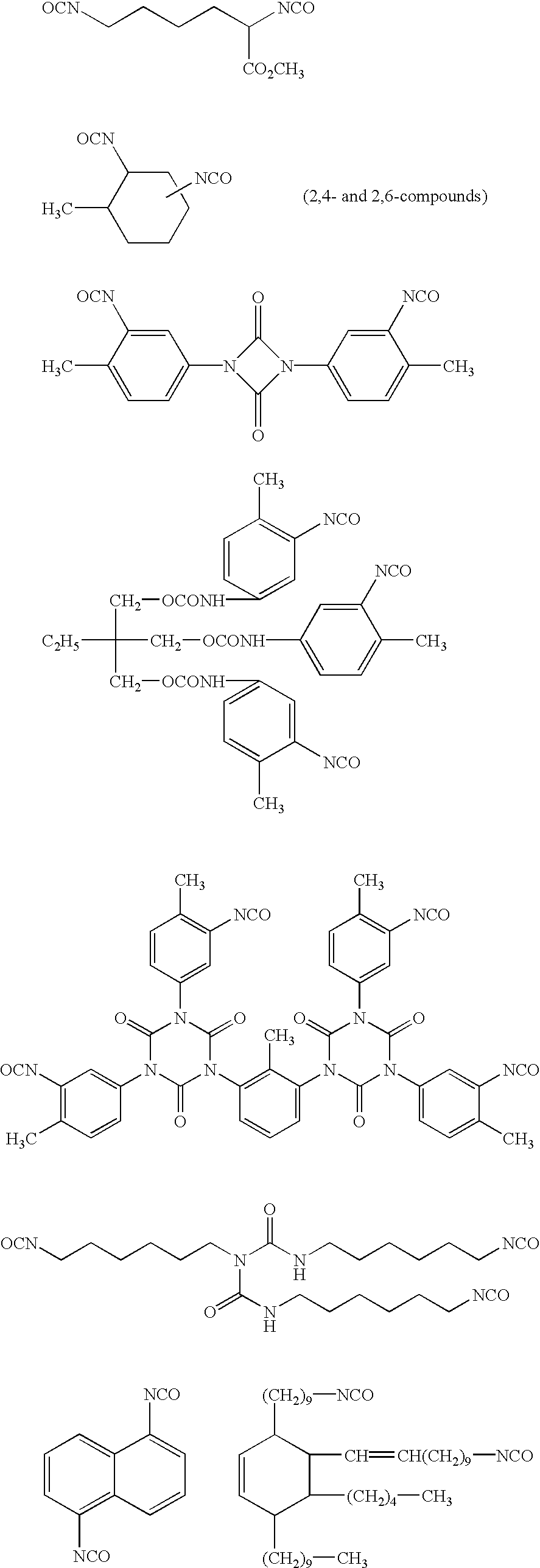Plate-making method of lithographic printing plate
a lithographic printing plate and plate-making technology, applied in the field of plate-making methods of lithographic printing plates, can solve the problems of difficult to obtain printing characteristics such as press life, image area tends to be damaged, and silicate may be gelled and insolubilized, and achieve good press life
- Summary
- Abstract
- Description
- Claims
- Application Information
AI Technical Summary
Benefits of technology
Problems solved by technology
Method used
Image
Examples
example 1
An aluminum plate of 1S having a thickness of 0.30 mm was subjected to surface graining using a nylon brush of No. 8 and an aqueous suspension of pumice stone of 800 mesh and washed thoroughly with water. The plate was etched by immersing in a 10% aqueous sodium hydroxide solution at 70° C. for 60 seconds, washed with running water, and washed with a 20% aqueous nitric acid solution for neutralization, followed by washing with water. The plate was then subjected to electrolytic surface roughening treatment in a 1% aqueous nitric acid solution using alternating waveform current of sign wave under the condition of VA of 12.7 V in an amount of electricity of 300 C / dm2 at anode. The surface roughness of the plate measured was 0.45 μm (Ra). Subsequently, the plate was immersed in a 30% aqueous sulfuric acid solution at 55° C. for 2 minutes to conduct desmutting and then subjected to anodic oxidation in a 20% aqueous sulfuric acid solution at 33° C. at a current density of 5 A / dm2 for 50 ...
examples 2 to 5
Each lithographic printing plate was prepared in the same manner as in Example 1 except for changing the developing solution used in Example 1 to each of the developing solutions shown in Table 1 below.
TABLE 1Example 2Potassium hydroxide0.15gPolyoxyethylene5.0gphenyl ether (n = 10)Chilest 4000.1gWater94.75gPH:11.8Electric conductivity:5mS / cmExample 3Potassium hydroxide0.15gPolyoxyethylene5.0gnaphthyl ether (n = 10)Chilest 4000.1gWater94.75gPH:11.7Electric conductivity:6mS / cmExample 4Potassium hydroxide0.15gTriethanolamine1.35gPolyoxyethylene5.0gphenyl ether (n = 12)Chilest 4000.1gWater93.4gPH:11.9Electric conductivity:6mS / cmExample 5Potassium hydroxide0.2gPolyoxyethylene5.0gphenyl ether (n = 10)Anon LG1.0gChilest 4000.1gp-tert-Butylbenzoic1gacidWater92.7gPH:12.3Electric conductivity:8mS / cm
examples 6 to 9
Each lithographic printing plate was prepared in the same manner as in Example 1 except for changing Compound having ethylenically unsaturated bond (A1) and Linear organic polymer (B1) used in Example 1 to the compounds shown in Table 2 below respectively.
TABLE 2Ethylenically Unsaturated CompoundLinear Organic PolymerExample 6Example 7Methyl methacrylate / methacrylic acid (60 / 40) copolymer Mn: 50,000Example 8Example 9
PUM
| Property | Measurement | Unit |
|---|---|---|
| electric conductivity | aaaaa | aaaaa |
| electric conductivity | aaaaa | aaaaa |
| pH | aaaaa | aaaaa |
Abstract
Description
Claims
Application Information
 Login to View More
Login to View More - R&D
- Intellectual Property
- Life Sciences
- Materials
- Tech Scout
- Unparalleled Data Quality
- Higher Quality Content
- 60% Fewer Hallucinations
Browse by: Latest US Patents, China's latest patents, Technical Efficacy Thesaurus, Application Domain, Technology Topic, Popular Technical Reports.
© 2025 PatSnap. All rights reserved.Legal|Privacy policy|Modern Slavery Act Transparency Statement|Sitemap|About US| Contact US: help@patsnap.com



